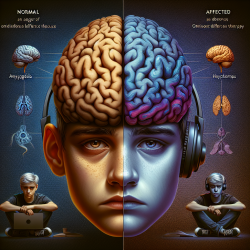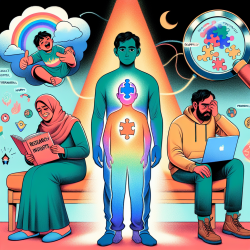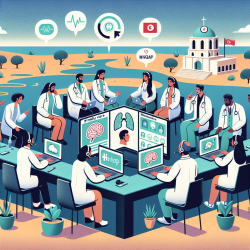Understanding the Impact of Sexual Abuse on Adolescent Brain Structures
Recent research has unveiled critical insights into how sexual abuse (SA) affects the brain structures of female adolescents. As practitioners, it is crucial to integrate these findings into our therapeutic practices to improve outcomes for affected children. The study, published in the Scandinavian Journal of Child and Adolescent Psychiatry and Psychology, highlights significant structural changes in the brains of abused adolescents, which may influence their emotional and behavioral responses.
Key Findings from the Research
The study involved 57 female adolescents with a history of sexual abuse and 33 healthy controls. Using advanced neuroimaging techniques, researchers found that SA participants had larger hippocampus and amygdala volumes compared to controls. These brain regions are critical for emotion regulation and threat detection, suggesting that abused adolescents may develop a heightened response to perceived threats.
Moreover, the study revealed a thinner prefrontal cortex (PFC), specifically the inferior frontal gyrus, in the abused group. This area of the brain is responsible for impulse control and decision-making, indicating potential challenges in these areas for SA victims.
Implications for Practitioners
Understanding these brain changes is vital for practitioners working with abused adolescents. Here are some strategies to consider:
- Enhanced Monitoring: Regular follow-ups are essential for SA victims, even in the absence of a psychiatric diagnosis, as they may have underlying structural brain changes.
- Targeted Interventions: Develop interventions that focus on improving impulse control and emotion regulation, addressing the specific brain areas affected by abuse.
- Holistic Assessment: Consider comprehensive assessments that include neuropsychological evaluations to identify potential cognitive and emotional challenges.
Encouraging Further Research
The study underscores the need for continued research into the neurobiological effects of childhood trauma. Practitioners are encouraged to stay informed about the latest findings and consider participating in research initiatives to deepen our understanding of these complex issues.
To read the original research paper, please follow this link: The effects of sexual abuse on female adolescent brain structures.










